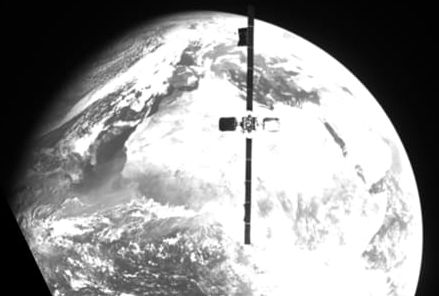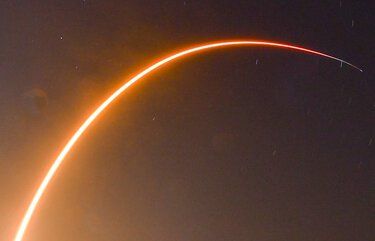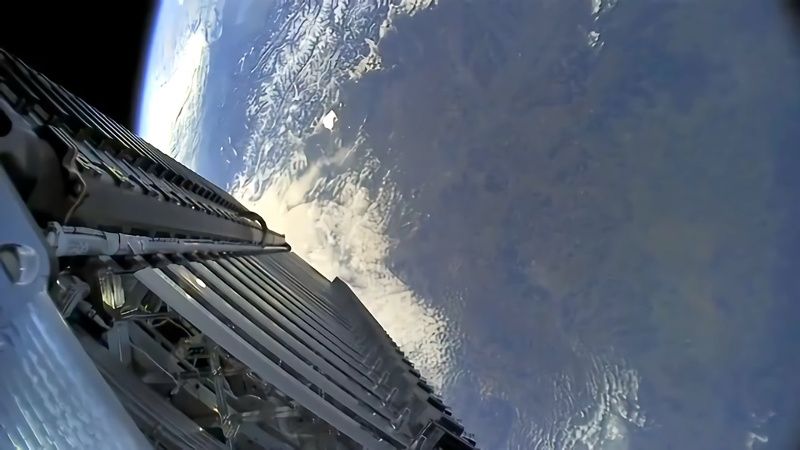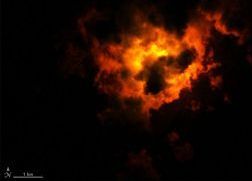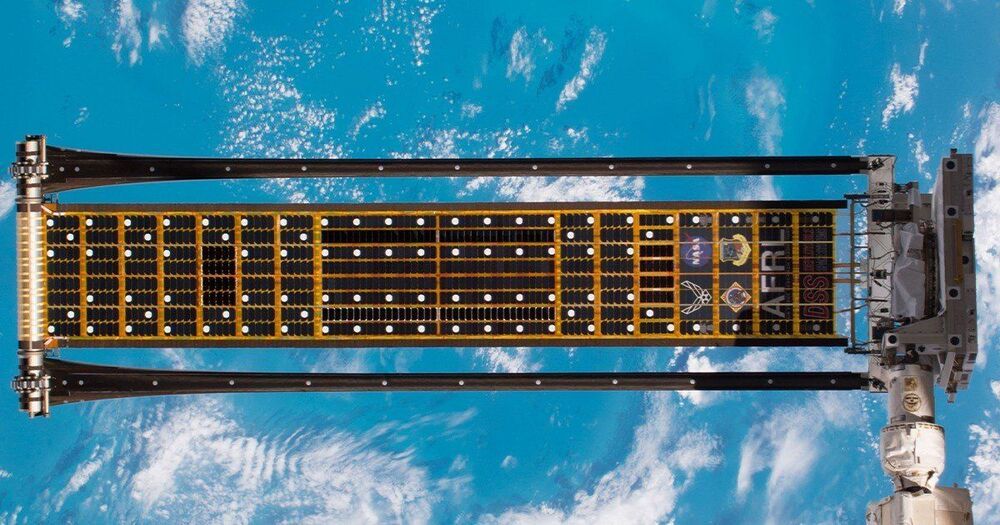Apr 12, 2021
Northrop Grumman robotic MEV-2 spacecraft, in a first, catches active Intelsat satellite
Posted by Genevieve Klien in categories: business, robotics/AI, satellites
Two aerospace firms accomplished an industry first on Monday, as a small Northrop Grumman spacecraft docked successfully with an active Intelsat satellite to provide service and extend its life.
Intelsat’s IS-10–02 satellite is nearly 18 years old, and operating well past its expected lifespan, but the Northrop Grumman-built spacecraft called MEV-2 will add another five years of life to IS-10–02, essentially re-fueling the satellite and giving it a new engine for control.
The companies hit a milestone in the growing business of servicing satellites while in space.
